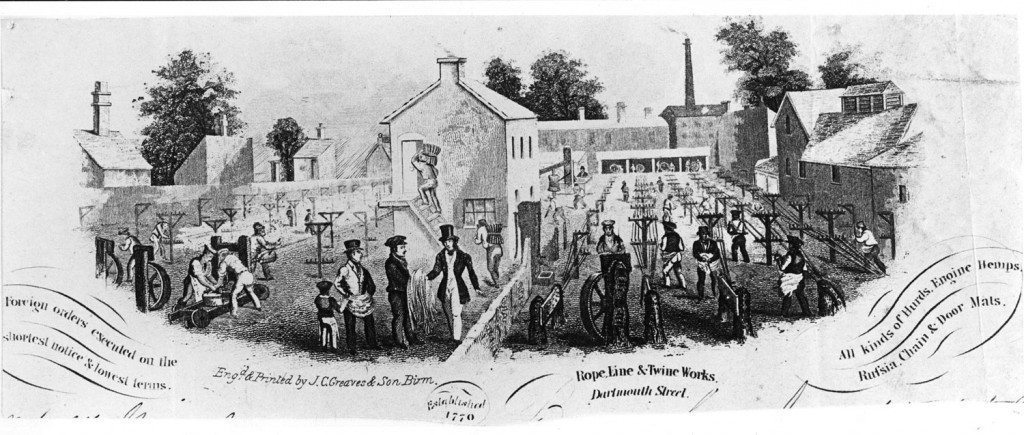Rope Making and Bewdley
Image: Print of a mid-19th century Birmingham rope, line and twine works in Dartmouth Street, Birmingham, established in 1770.
Rope manufacturing was a complex process. Most activities were conducted outside where rows of stretching frames for finished rope are shown on both sides of a central building. Workers are engaged in various tasks:
• On the left two men are operating the “traveller” which is twisting yarn. A third holds a top to separate the strands of yarn. Out of the picture a boy would be operating the stationary “twister”, which pulled the traveller forward as rope was formed.
• On the right workers are fixing finished rope to a stretcher board and stretching frames.
• In the middle background workers are turning a capstan to wind rope.
• In the foreground, a customer is looking at a finished product.
[Image from: Original print in Birmingham Museum and Art Gallery]
1. Rope Making and Bewdley
Cordage, the collective name for rope products, was made by twisting natural fibres together. Various plants were processed for this purpose, such as flax, cotton, jute, manila and sisal, but the most widely used material was hemp, its coarse texture provided a good grip. Hemp used to be grown in Britain, particularly in Dorset, but its cultivation, possession and sale has been illegal without a permit for many years. Now hemp is more famous as the herb that is turned into the drug, cannabis, than the plant that was made into rope.
In the 20th century products such as nylon, polythene and polypropylene have generally replaced cordage made from plants. They are stronger than natural fibres and completely resistant to rotting from bacterial action. Their disadvantages are that they deteriorate in sunlight, have a low melting temperature, lose their strength when wet and have more stretch than natural fibres. Ecologically, they are derived from finite resources such as coal, oil and tar. Natural fibres still have advantages, with good abrasion resistance, greater strength when wet and the ability to withstand heat and sunlight.
Bewdley was a location for rope and twine making in the 19th century. In 1850 there were four manufactories, according to a local directory. The River Severn and local roads enabled raw materials such as hemp and flax to be transported to the town and finished products to be moved to customers. Proximity to the Severn provided access to Shrewsbury, the Ironbridge Gorge, Worcester, Gloucester and Bristol. Bewdley was next to main roads leading to Kidderminster and Stourbridge, which connected to markets in the Black Country and Birmingham. The Staffordshire and Worcestershire Canal at Stourport was a factor in Bewdley’s decline as a port, but it linked the town to Britain’s canal network. The coming of the Severn Valley Railway in 1863 provided additional transport benefits to the industry.
« Previous in this sectionNext in this section »Continue browsing this section
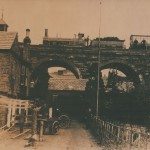 Rope Making
Rope Making
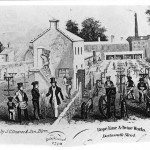 Rope Making and Bewdley
Rope Making and Bewdley
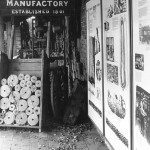 Lowe’s Rope and Twine Manufactory
Lowe’s Rope and Twine Manufactory
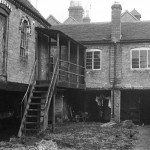 Lowe’s Rope and Twine Manufactory
Lowe’s Rope and Twine Manufactory
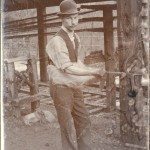 Work and Labour
Work and Labour
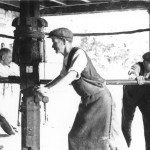 Work and Labour
Work and Labour
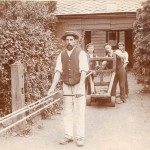 Products and Markets
Products and Markets
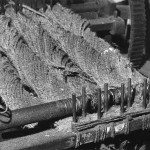 Products and Markets
Products and Markets
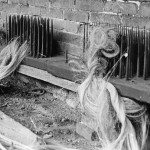 Rope Making: Dressing or Hackling
Rope Making: Dressing or Hackling
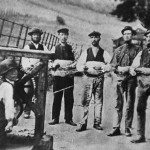 Rope Making: Spinning
Rope Making: Spinning
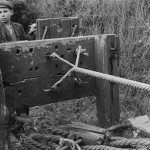 Rope Making: Laying the Rope
Rope Making: Laying the Rope
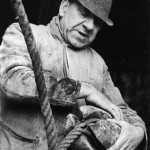 Rope Making: Inserting the Tops
Rope Making: Inserting the Tops
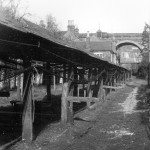 Rope Making: Stretching
Rope Making: Stretching
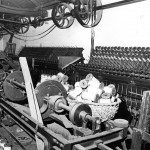 Rope: Making: Mechanisation
Rope: Making: Mechanisation
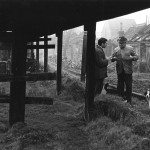 The Decline of Rope Making
The Decline of Rope Making



